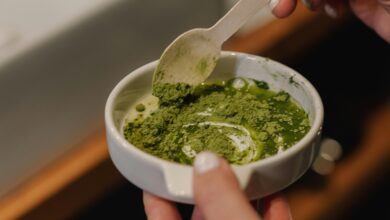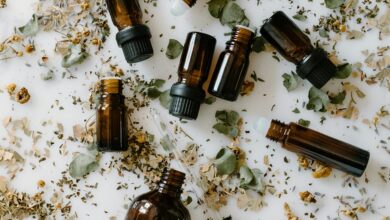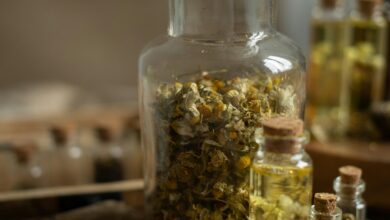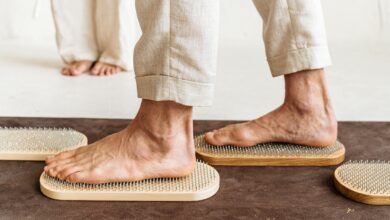How to Use Aromatherapy for Relaxation
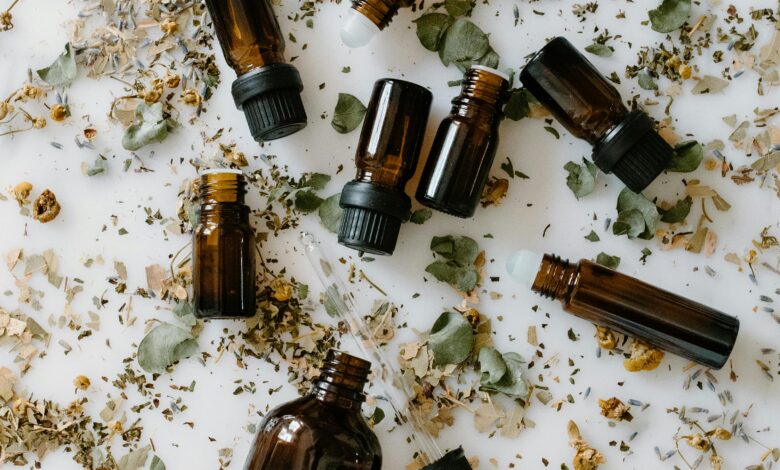
In today’s fast-paced world, finding effective ways to unwind and de-stress is essential for maintaining mental and physical well-being. Aromatherapy, the practice of using essential oils derived from plants, has been used for centuries to promote relaxation, improve mood, and enhance overall health. Whether you’re new to aromatherapy or looking to deepen your practice, this guide will walk you through how to use essential oils effectively to create a calming environment and support relaxation.
1. Understanding Aromatherapy
Aromatherapy works by stimulating the olfactory system—the part of the brain connected to smell. When inhaled, the molecules of essential oils interact with the limbic system, which regulates emotions, memory, and stress responses. This makes aromatherapy particularly effective for relaxation and emotional balance.
What Are Essential Oils?
Essential oils are concentrated plant extracts that capture the natural aroma and therapeutic properties of their source. Commonly used oils for relaxation include:
- Lavender: Known for its calming and sleep-inducing effects.
- Chamomile: Helps reduce anxiety and promotes restful sleep.
- Ylang-Ylang: Balances mood and alleviates tension.
- Bergamot: Uplifts mood while reducing stress.
- Frankincense: Encourages deep breathing and meditation.
- Sandalwood: Grounding and soothing for the mind.
2. Methods of Using Aromatherapy
There are several ways to incorporate essential oils into your relaxation routine. Each method offers unique benefits depending on your preferences and needs.
A. Diffusion
Using an essential oil diffuser is one of the most popular methods for dispersing aromatic scents throughout a room. Diffusers come in various types, including ultrasonic, nebulizing, and evaporative models.
Steps:
- Fill the diffuser with water according to the manufacturer’s instructions.
- Add 5–10 drops of your chosen essential oil(s).
- Turn on the diffuser and let the fragrance fill the air.
- Breathe deeply and enjoy the calming atmosphere.
Tip: Combine oils like lavender and bergamot for a synergistic blend that enhances relaxation.
B. Inhalation
Direct inhalation is a quick way to experience the benefits of essential oils.
Techniques:
- Tissue Method: Place 1–2 drops of oil on a tissue or cotton ball and inhale deeply.
- Steam Inhalation: Add a few drops of oil to a bowl of hot water, cover your head with a towel, and breathe in the steam (great for clearing sinuses and relaxing).
C. Topical Application
Essential oils can be applied directly to the skin when diluted with a carrier oil (such as coconut, jojoba, or almond oil). This method allows the oils to absorb into the bloodstream, providing both physical and psychological benefits.
Popular Uses:
- Massage: Mix 5–10 drops of essential oil with 1 ounce of carrier oil and use it for a soothing massage.
- Roll-On Blends: Create portable roll-ons by mixing oils with a carrier oil in a small bottle for on-the-go relaxation.
- Bath Soak: Add 5–10 drops of oil to warm bathwater along with Epsom salts for a luxurious soak.
Safety Note: Always perform a patch test before applying oils topically to check for allergies or sensitivities.
D. Room Sprays
Homemade room sprays are an easy way to freshen up your space while promoting relaxation.
Recipe:
- Combine 10–15 drops of essential oil with 1 cup of distilled water and 1 tablespoon of vodka or witch hazel in a spray bottle.
- Shake well before each use and mist around your home or workspace.
3. Creating a Relaxation Routine
To maximize the benefits of aromatherapy, incorporate it into a consistent relaxation routine. Here’s how:
A. Set the Mood
- Dim the lights or light candles to create a serene ambiance.
- Play soft music or nature sounds to complement the scent of the oils.
- Remove distractions like phones or electronics to fully immerse yourself in the moment.
B. Practice Deep Breathing
Pair aromatherapy with deep breathing exercises to amplify its calming effects:
- Inhale slowly through your nose for 4 seconds.
- Hold your breath for 7 seconds.
- Exhale gently through your mouth for 8 seconds.
- Repeat for several minutes while focusing on the aroma.
C. Establish a Bedtime Ritual
Use calming oils like lavender or chamomile before bed to signal to your body that it’s time to wind down. Try diffusing these oils in your bedroom or adding them to a pillow spray.
4. Combining Aromatherapy with Other Relaxation Techniques
For even greater results, pair aromatherapy with other stress-relief practices:
A. Meditation
Enhance your meditation sessions by diffusing grounding oils like frankincense or sandalwood. These scents help quiet the mind and deepen focus.
B. Yoga
Apply diluted essential oils to pulse points or use a diffuser during yoga practice to elevate mindfulness and relaxation.
C. Journaling
Write in a gratitude journal while enjoying the soothing scent of ylang-ylang or bergamot to foster positivity and calmness.
5. Safety Precautions
While aromatherapy is generally safe, it’s important to follow guidelines to avoid adverse reactions:
- Dilution: Never apply undiluted essential oils directly to the skin.
- Pregnancy and Children: Consult a healthcare provider before using essential oils if you’re pregnant, nursing, or using them around children.
- Allergies: Perform a patch test and discontinue use if irritation occurs.
- Quality Matters: Choose high-quality, pure essential oils from reputable brands to ensure safety and efficacy.
6. Recommended Relaxation Blends
Here are some tried-and-true essential oil blends to try:
Stress Relief Blend
- 3 drops lavender
- 2 drops bergamot
- 1 drop frankincense
Sleep Support Blend
- 4 drops chamomile
- 2 drops cedarwood
- 1 drop vetiver
Mood Booster Blend
- 3 drops ylang-ylang
- 2 drops orange
- 1 drop peppermint
